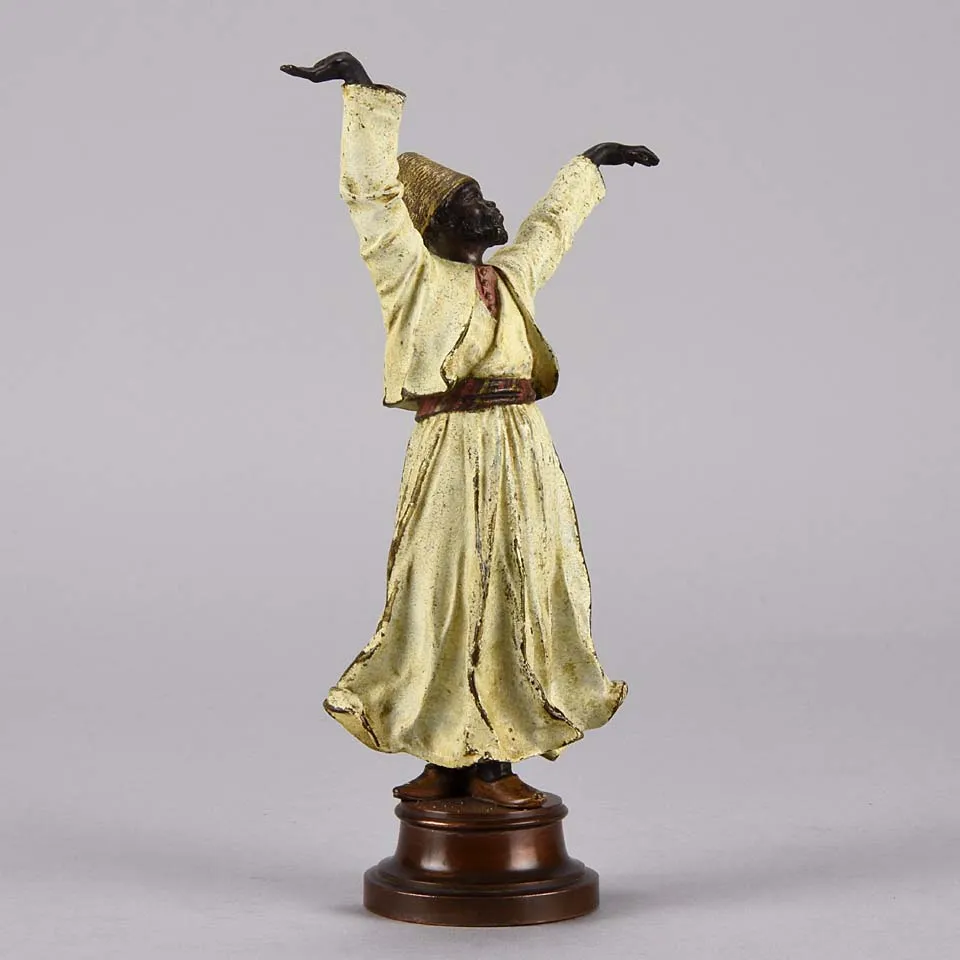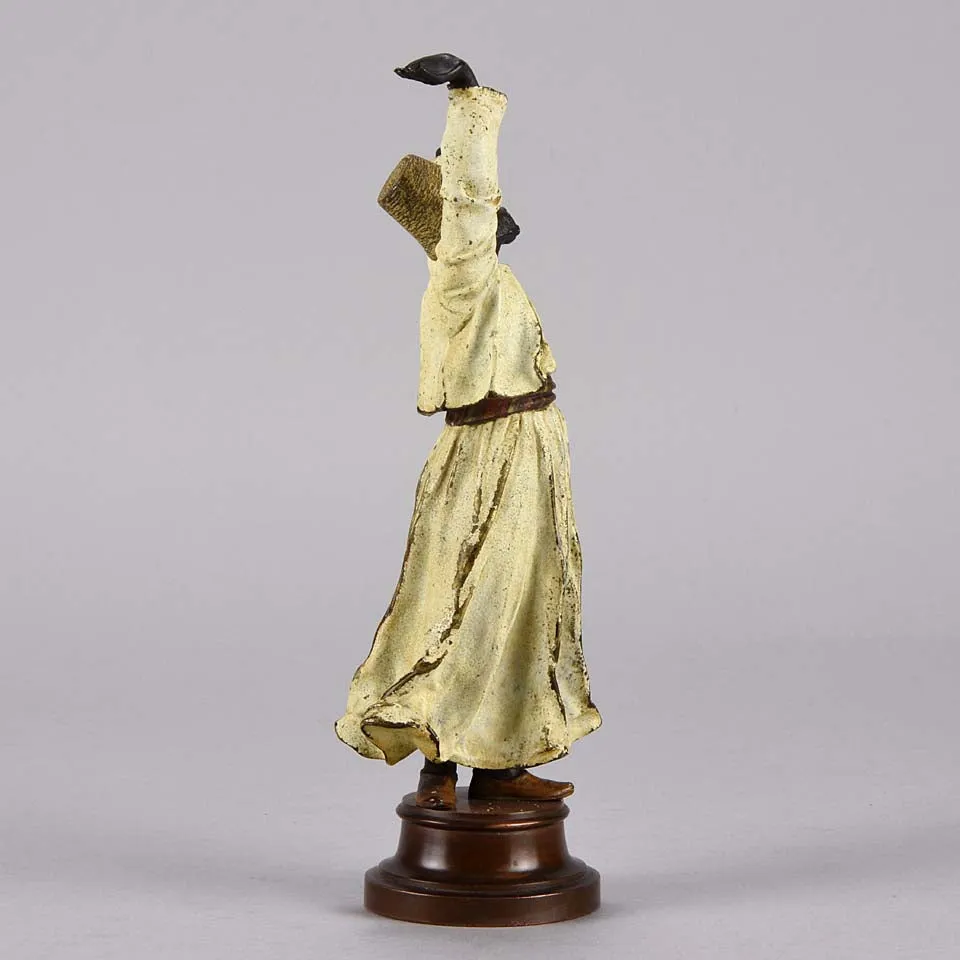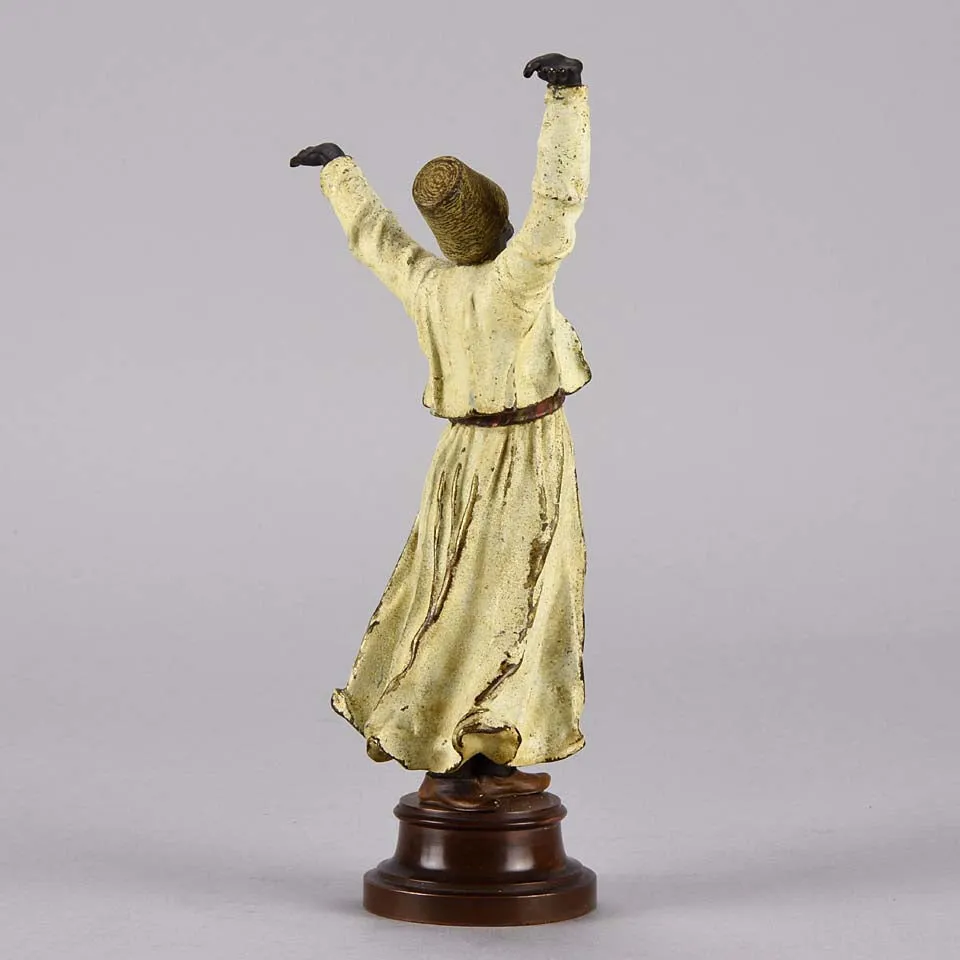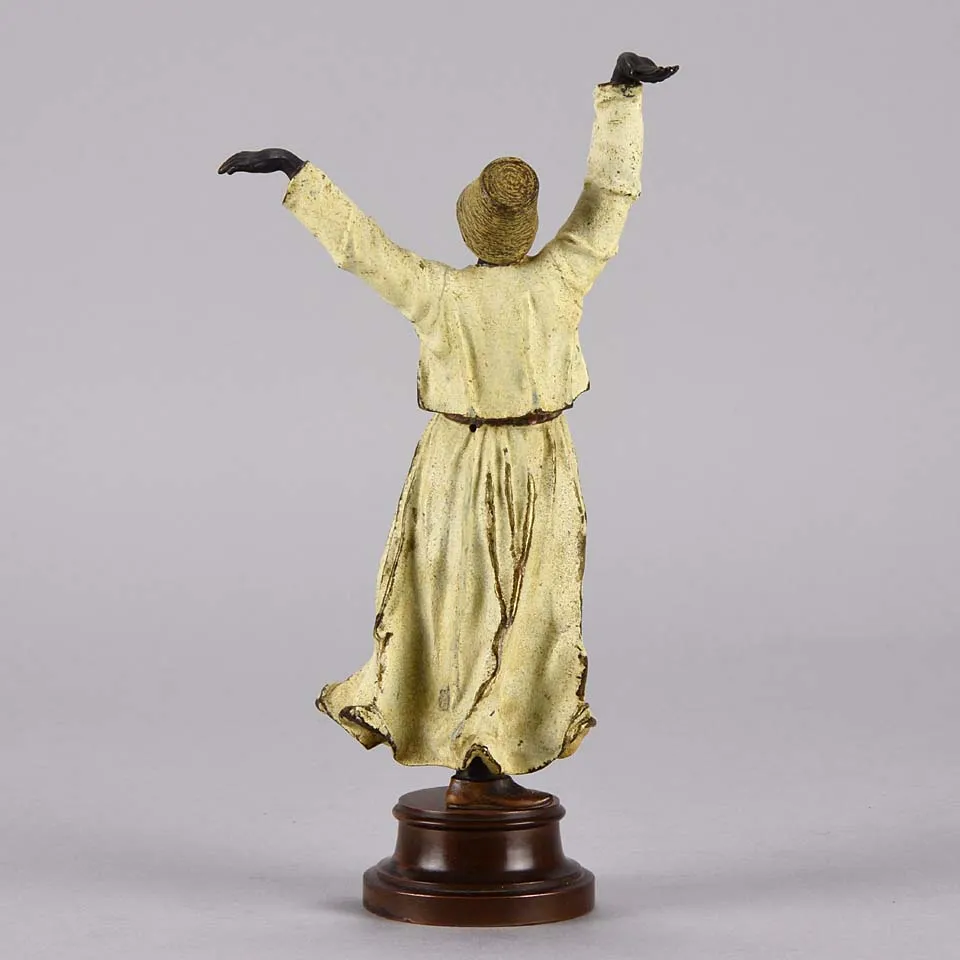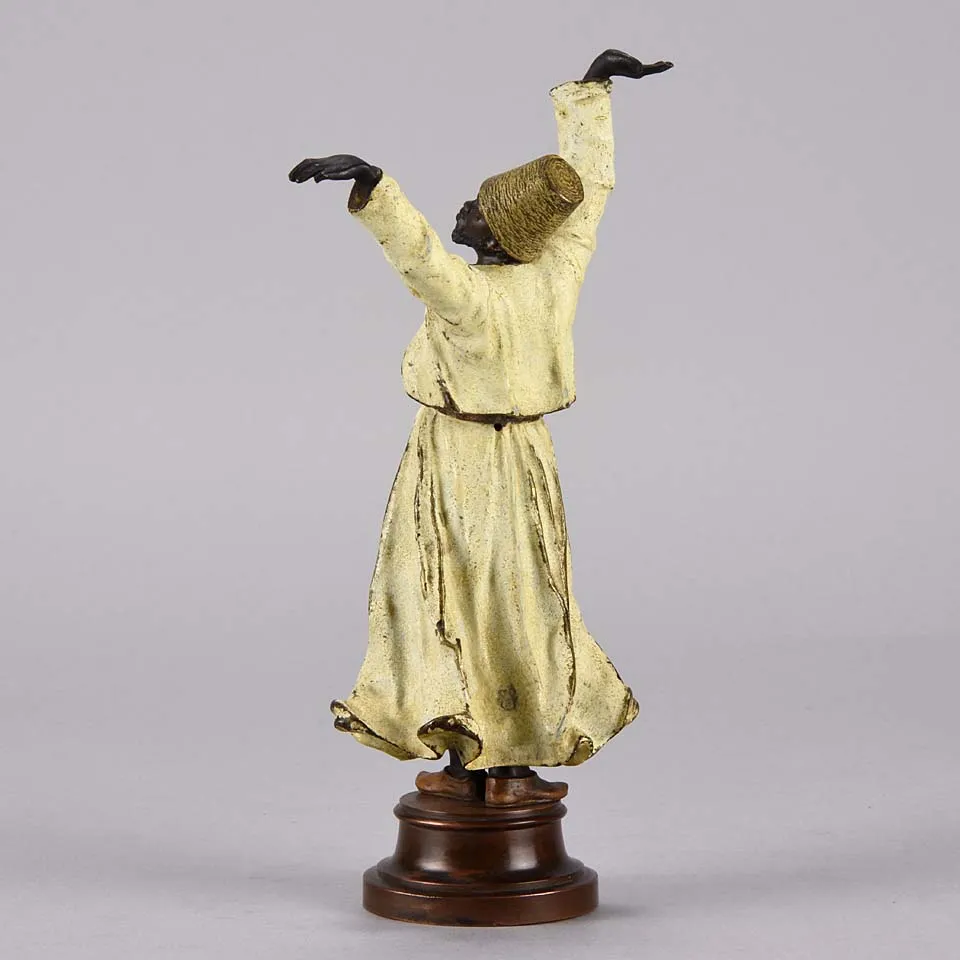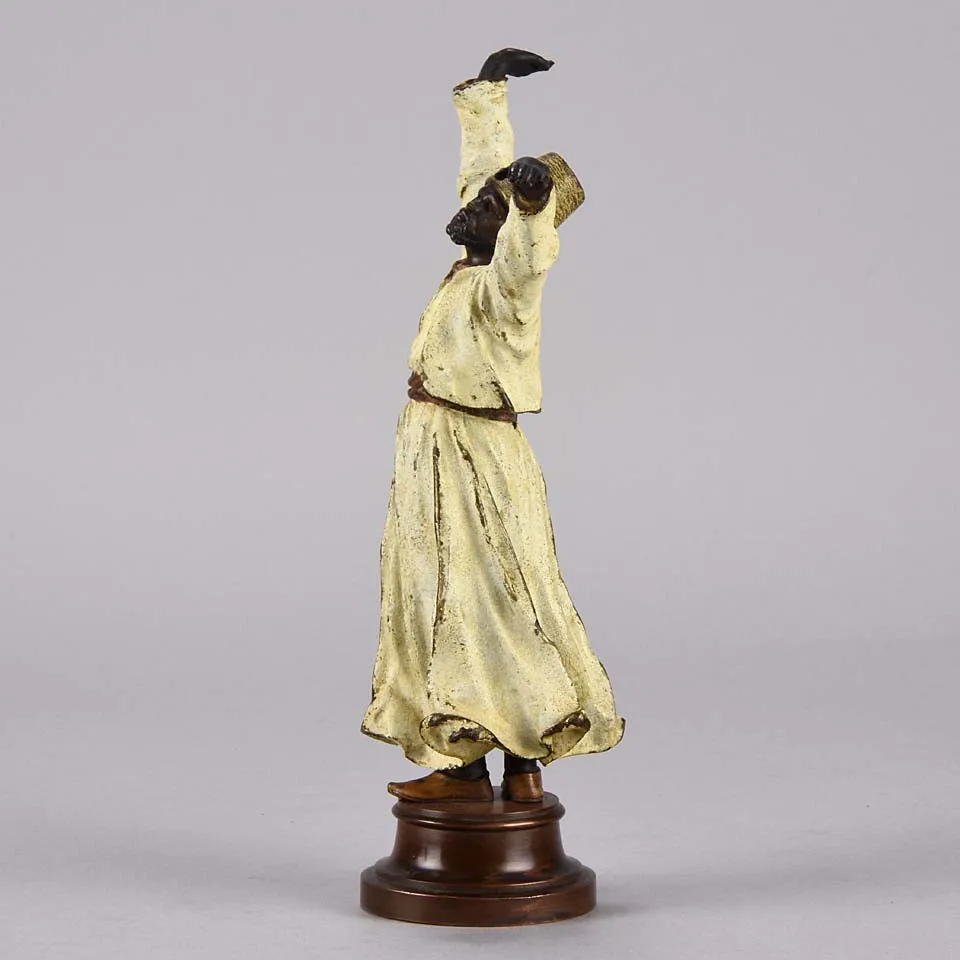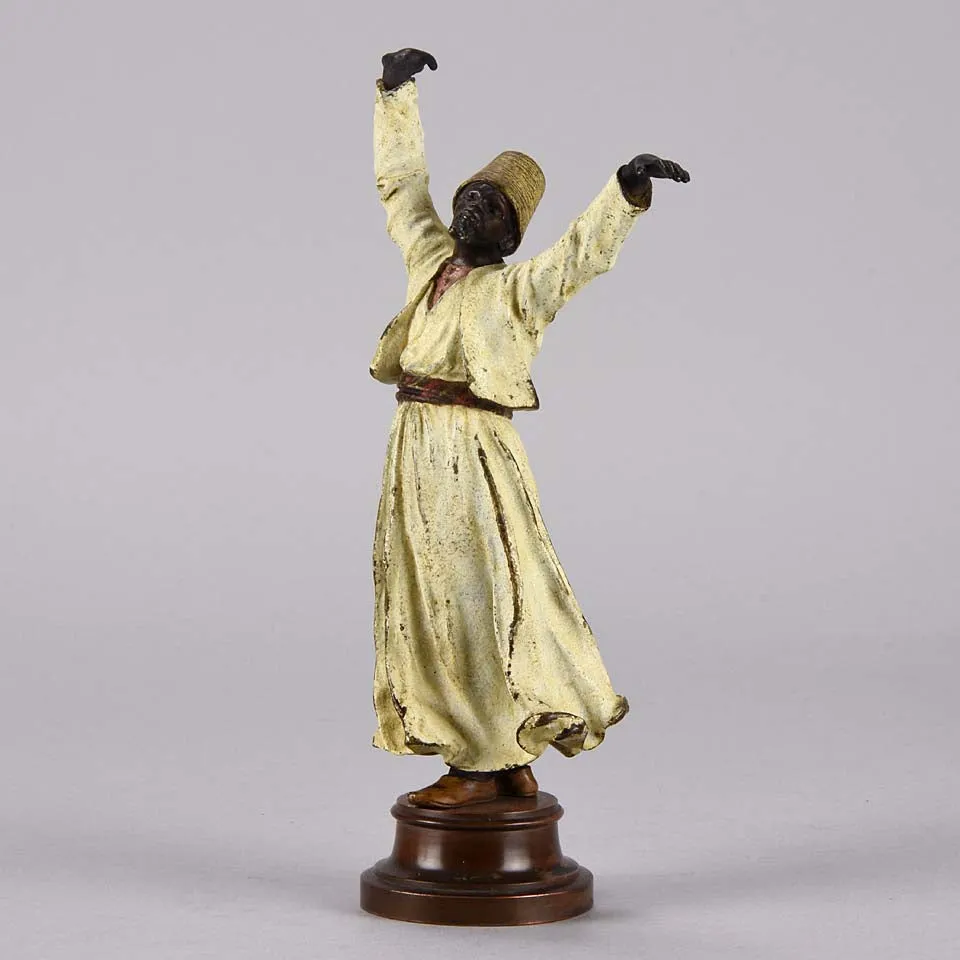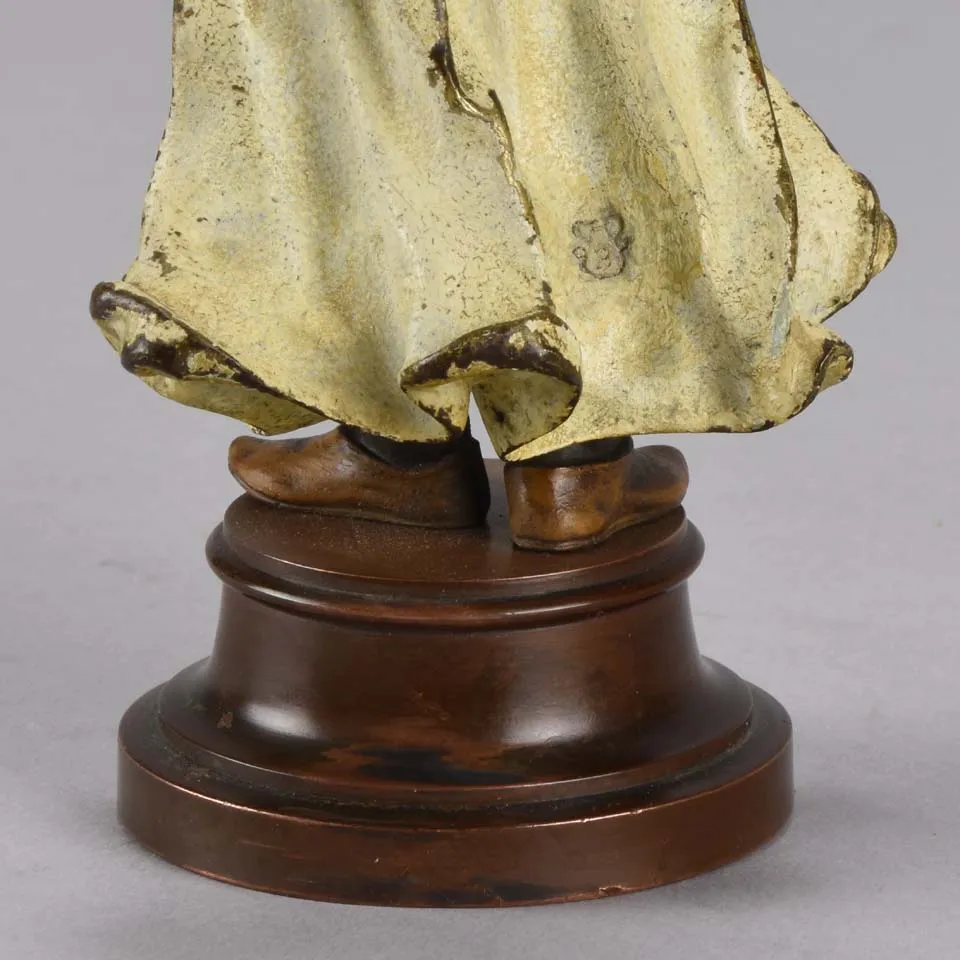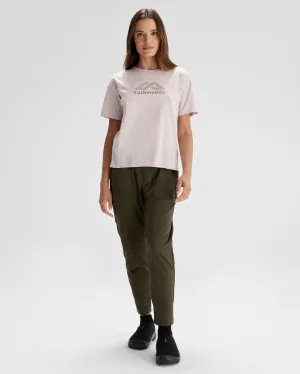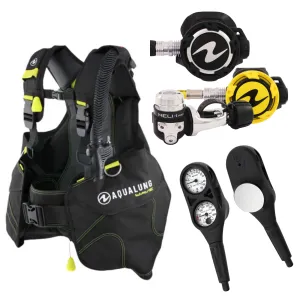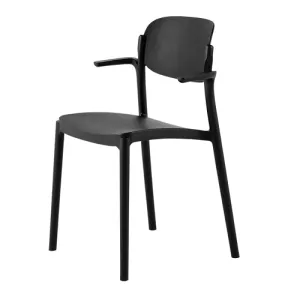An excellent early 20th Century cold painted study of a Whirling Dervish with his arms lifted high as he dances in a turning circular motion to achieve a trance like state. The bronze with fine naturalistic colour and good detail, signed with the ‘B’ in an amphora vase, stamped Geschutzt and numbered.
Sorry, this item has been sold. If you would like information about similar items please contact us on 07971850405 or make an enquiry via
ADDITIONAL INFORMATION
Height: 20 cm
Circa: 1900
Foundry: Franz Bergman Foundry
Materials: Cold Painted Bronze
Book Ref: Antique Vienna Bronzes by Joseph Zobel
SKU: 7854
ABOUT
Franz Bergman and his use of Cold Painting:
Whirling Dervish
(1861-1936) probably the most famous of the Viennese sculptors who specialized in cold-painted bronzes. But first, let’s be clear of the difference between, say, our Arab and a bronze from antiquity. The latter has a surface untouched by anything other than time. Over the centuries such pieces develop a patina caused by oxidation and are highly prized by connoisseur collectors who appreciate the effects produced by age (which is why cleaning them is such a specialized task). The Arab Warrior is decorated with several layers of special, heavy lead-based polychrome paints, applied after objects are removed from the mould. Pieces decorated with enamels would normally be kiln-fired to melt the paint and ensure it has fused to the surface of the object to be decorated. Cold-painted bronzes are not subjected to the enamelling process – they remain cold – relying on the standard of painting to dictate the quality of the finished item. The technique was popular around the turn of the century and thousand upon thousand of the little animals (such as birds, foxes and even insects) and other figures, some as small as a few inches in height, poured out of Viennese foundries. Bergman’s manufacture was one of the leading makers. It was founded by his father, also Franz (1838–1894) a professional metal chaser from Gablonz, in Austria, who came to Vienna in 1860. Franz Xavier inherited the business on his father’s retirement and opened a bigger, much more productive foundry there in 1900. By no means all the animal figures came from Bergman’s works, but many did and sadly, many are unmarked. Those that are marked carry a capital “B” in a vase-shaped design as with the Arms Dealer, the presence of which removes any doubt as to the provenance. Bergman was also a fan of the exotic, producing larger figures and groups. Some depict Arabs, perhaps selling colourfully painted carpets, riding a camel or sitting in tents at an oasis complete with palm tree and water. Others are based on models from Bergman senior’s days. More rare are those wired for electricity and fitted small light bulbs to be used as table or bedside lamps. Being bigger objects, such pieces are more likely to carry the factory mark. Prices often run into four figures. Bergman junior also had an eye for the erotic, fantasy pieces that today’s collectors covet most. Always featuring a naked or scantily clad young woman in sensuous pose, Edwardian bachelors no doubt delighted in showing them off to their friends. But they were subtle too. The Camel figure, a model of an owl, a bear or some other unassuming object was constructed cleverly with a hidden button or lever which, when activated, causes the model to open, revealing the saucy secrets hidden inside. Expect to pay handsomely for such novelties. They were no doubt pricey when they were new. Manufacturing them was also something of a risk for Bergman, but he covered his tracks by marking them with the trade name “” to avoid upsetting his more conservative customers, and, perhaps, making them sound even more exotic. The joy of cold-painted bronzes in general and those by Bergman in particular are the vibrant colours that remain so in the best examples like the Arms Warrior on Camel.
A dervish or darvesh is someone guiding a down a path or ““, known for their extreme poverty and austerity. His focus is on the universal values of love and service, deserting the illusions of ego to reach God. In most Sufi orders, a dervish is known to practice through physical exertions or religious practices to attain the ecstatic trance to reach Allah. Their most common practice is which is associated with .
Many dervishes are mendicant ascetics who have taken a vow of poverty, unlike . The main reason they beg is to learn humility, but Dervishes are prohibited to beg for their own good. They have to give the collected money to other poor people. Others work in common professions; Egyptian – known in Turkey as Kadiri – are fishermen, for example.
There are various orders of Dervishes, almost all of which trace their origins from various Muslim saints and teachers, especially . Various orders and suborders have appeared and disappeared over the centuries. Dervishes spread into North Africa, , the , the , , , , and .
Other groups include the , who are connected to the , and the , who are rather orthodox in their beliefs. Other fraternities and subgroups chant verses of the , play drums or in groups, all according to their specific traditions. They practice , as is the case with most of the Sufi orders in , many of whom owe allegiance to, or were influenced by, the order. Each uses its own garb and methods of acceptance and initiation, some of which may be rather severe.





